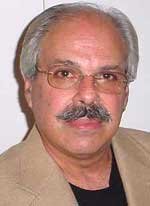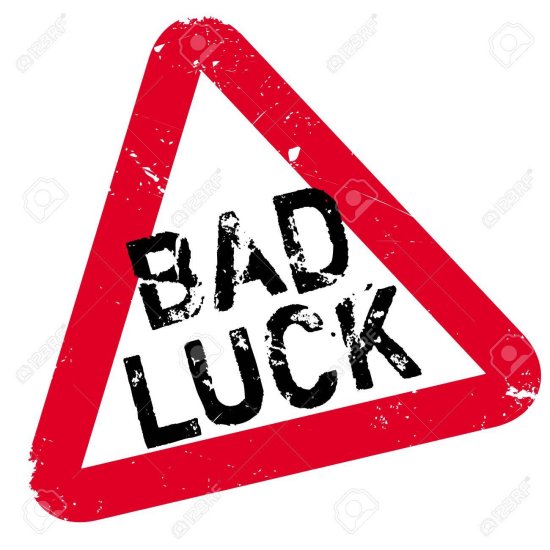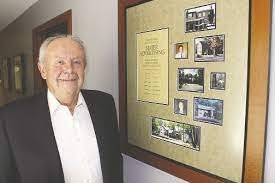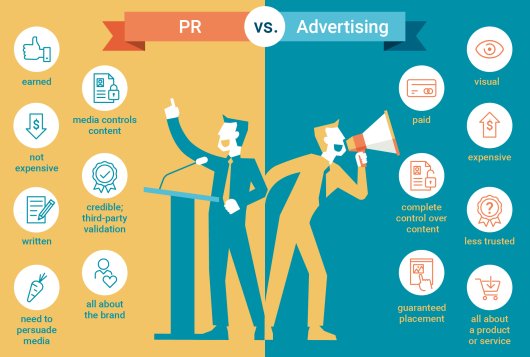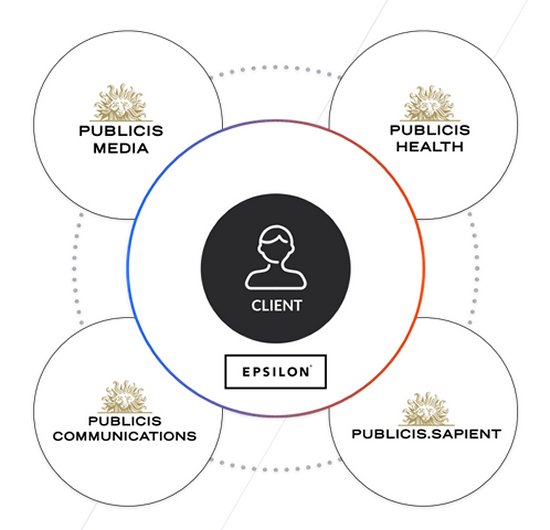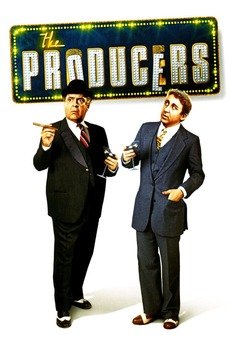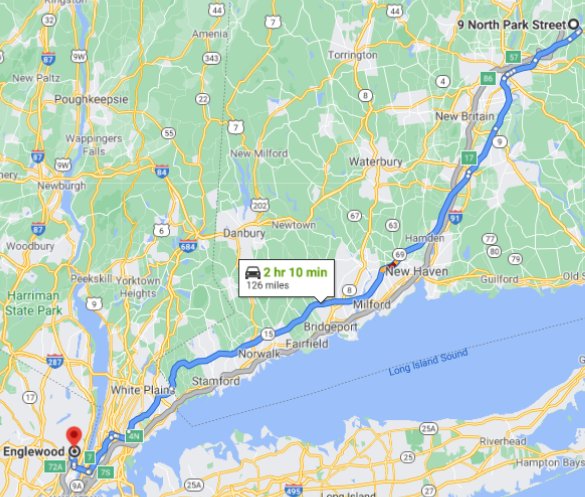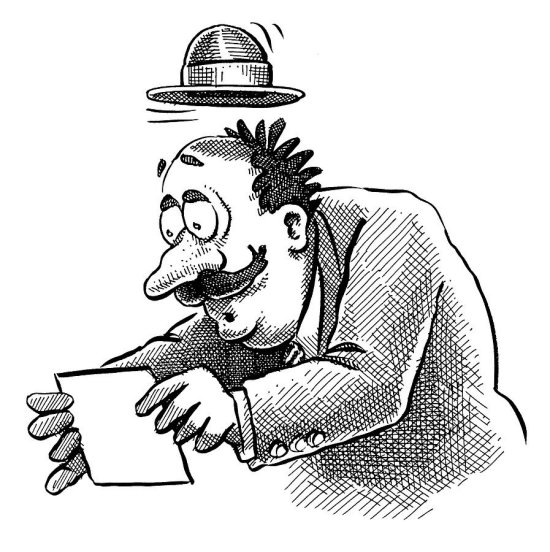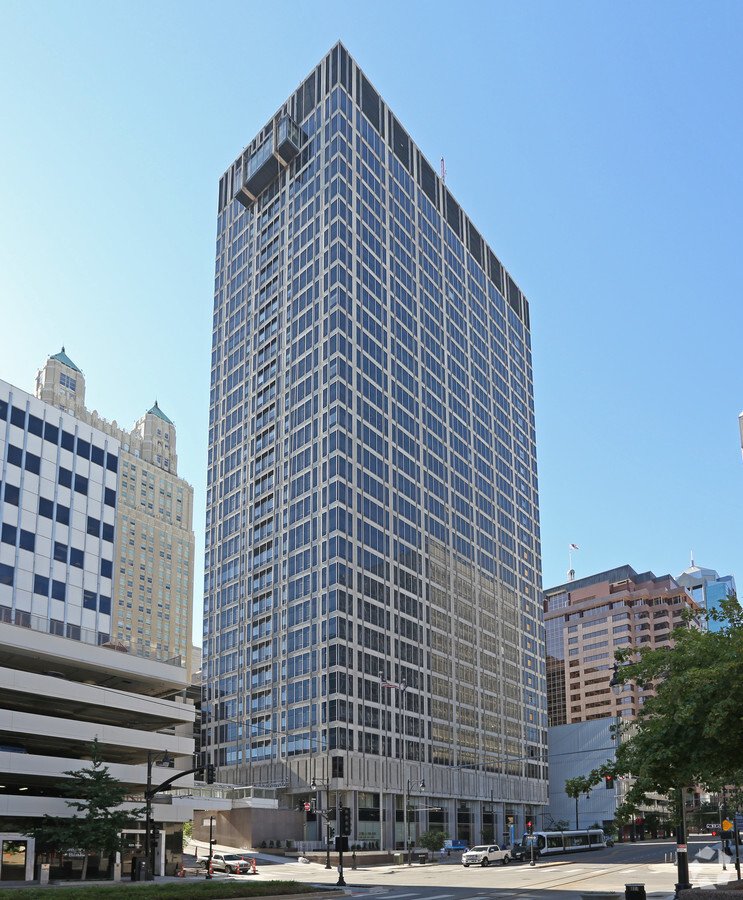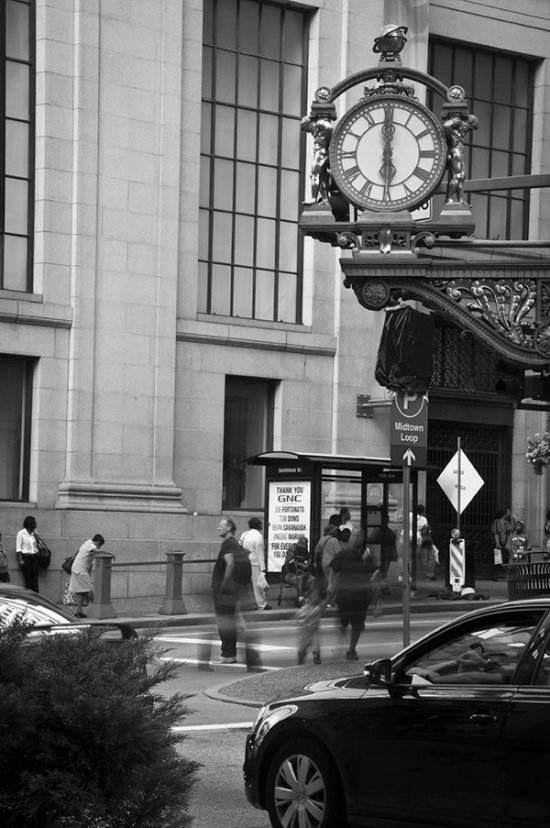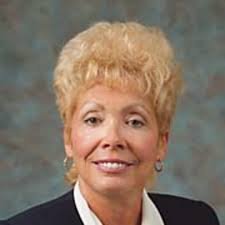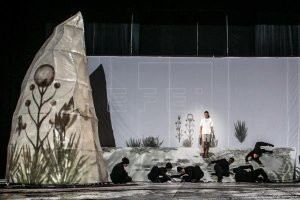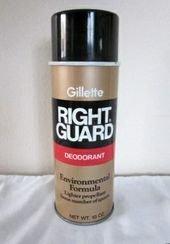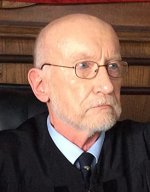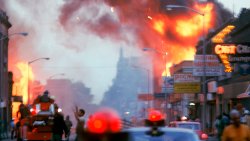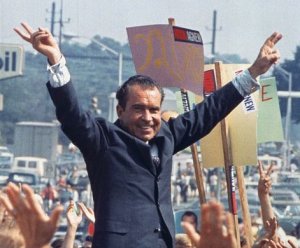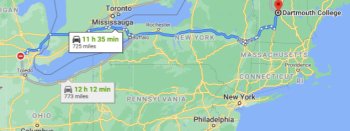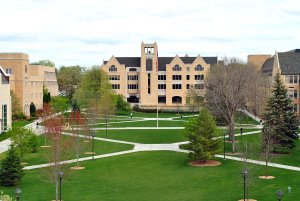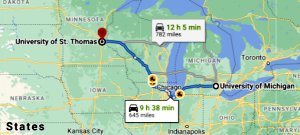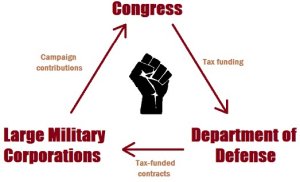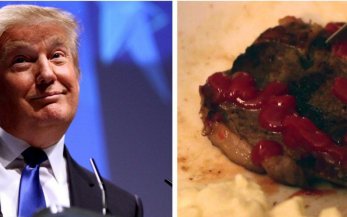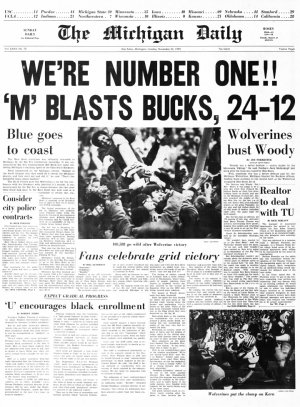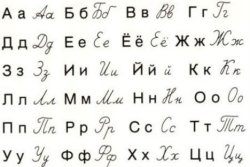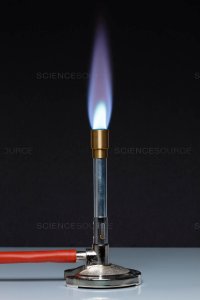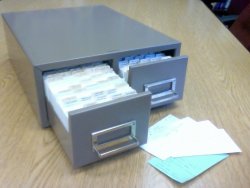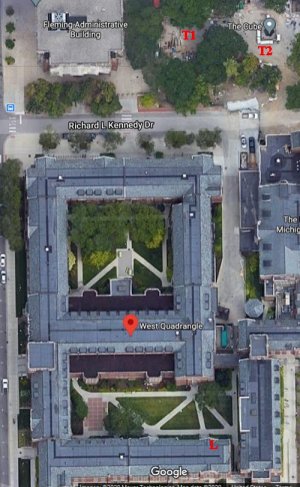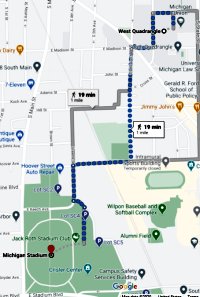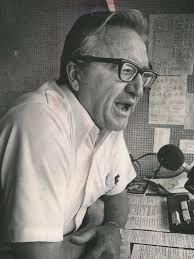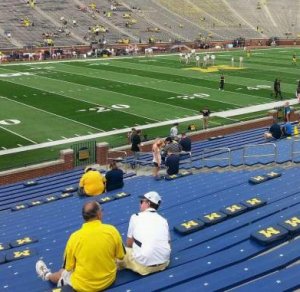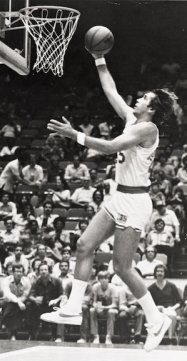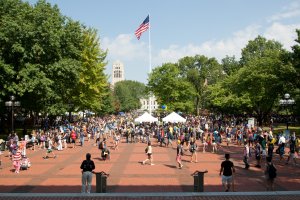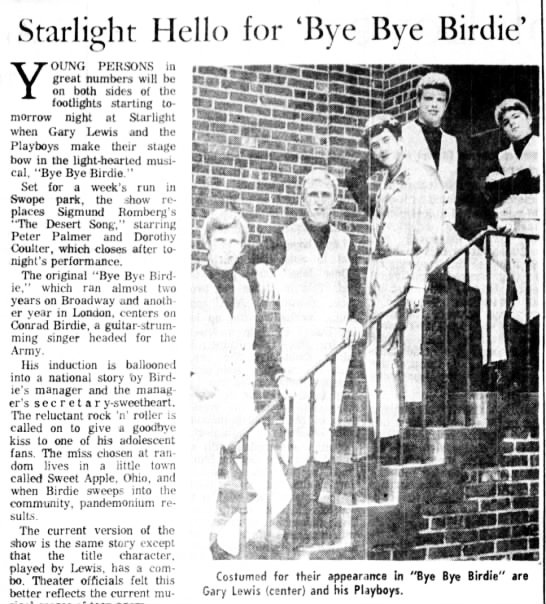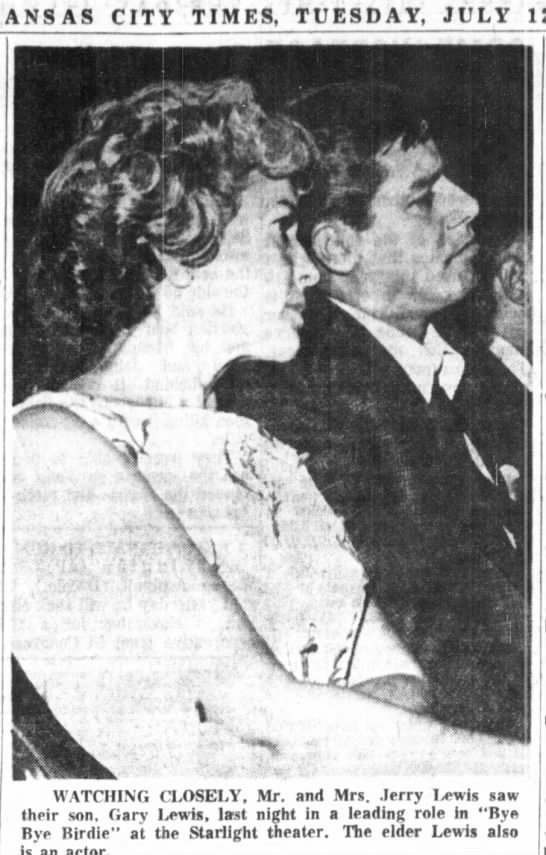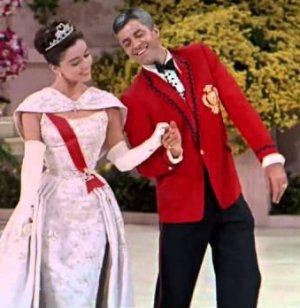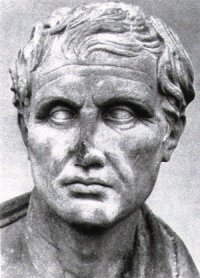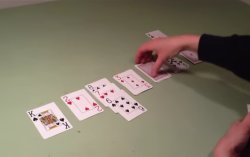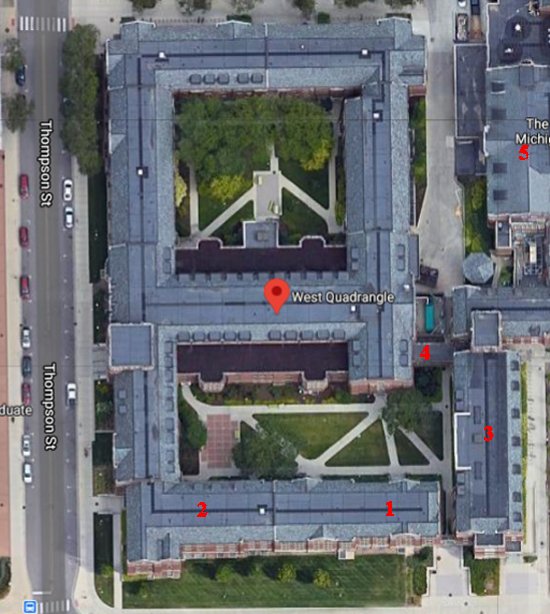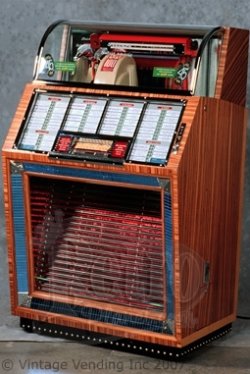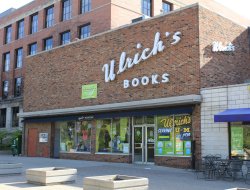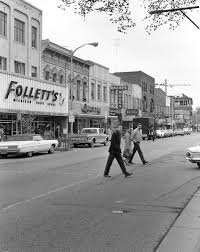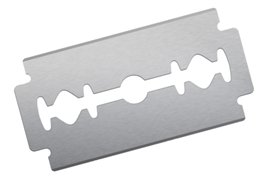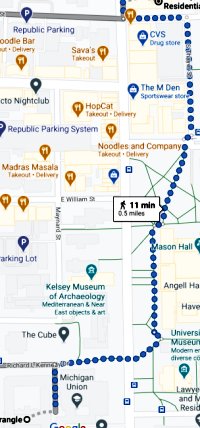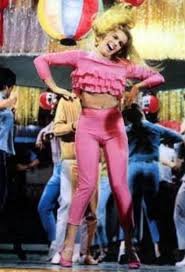We struck out at a lot of agencies. Continue reading
I am no salesman. I could make a pretty good case for the GrandAd system either in a formal presentation or in a meeting, but I was the worst at closing sales. For one thing I have had a lifelong abhorrence of talking on the telephone, especially to strangers. TSII probably could have closed some of these if I had just called people back to find out what they were thinking.
I also could have spent more time researching our opponents’ products. I could not think of a way to do that without devoting a lot of time and effort. I had other priorities. Maybe we should have hired one to do it.
My middle game was also poor. I did not know how to ask what a prospect’s budget was. I could tell if I was dealing with a gatekeeper, but I did not know what to do with that information.
Some of our problems were substantive, and there was not much that we could do about them.We wanted to reach agencies that had between five and one hundred employees who did not yet have an administrative system and (before the introduction of the smaller models of the System/36) were within driving distance. During some periods IBM offered no systems with any appeal to our target market. We never seriously considered hooking up with another vendor, but in retrospect it seems incredible that IBM let this happen.
In nearly all cases IBM’s prices for hardware were higher. They should have been. IBM equipment was more reliable and the service was beyond compare. However, the price differentials were often enormous. Purveyors of systems that ran on UNIX or PC’s could claim many of the same advantages that we claimed, charge more for their software, and still show a bottom-line price that was considerably lower than ours.
So, we faced a lot of rejection in our years of dealing with ad agencies. I feel certain that I have repressed the memories of a fairly large number of failures in this arena.
The following are arranged alphabetically. It might make more sense to put them in chronological order, but I have found few records to help me to remember the dates.
The Hartford Area
Probably the most painful failure was the loss of Elbaum & Co., Inc. We had been pitching or negotiating with Marvin Elbaum1, the owner, for several months. Finally, in early June of 1986 he had signed the contract, which included some custom programming, and put in the hardware order.
I am pretty sure that the phone call came on June 13, 1986. Marvin himself called and said that a new opportunity had suddenly arisen, and he wanted to cancel the order. He said that he had an unexpected opportunity to merge with Lessner Slossberg Gahl and Partners Inc. I advised him that we had already begun work on the custom code that he approved. He told me to bill him for it. He also said that he would plead the case in the new agency for using the GrandAd system. This was pure BS. If it wasn’t, he would have arranged for us to do a presentation for his new partners at LSGE Advertising, Inc.2
This was the worst possible news. I knew that Lessner’s agency already used the system marketed by one of our biggest competitors. Since the merged agency would be located in Lessner’s headquarters in Avon, there was no chance that it would junk the system just because Marvin asked politely, and Marvin also probably realized this. Besides, Marvin was the president of the new agency, but Gary Lessner was the CEO.
I’m not even slightly superstitious. If I were, I probably would have noted that the horrible phone call took place on Friday the 13th. Furthermore, Denise was on vacation, and Sue and I were looking after her cat. Yes, the cat was all black.
On the other hand, I don’t remember walking under any ladders, breaking any mirrors, opening an umbrella indoors, or spilling any salt that day.
Maier Advertising3 (the first syllable is pronounced like the fifth month of the year) was famous. When the lists of the top agencies were printed, Maier was always at or near the top of the rankings of local agencies in terms of billings. Everyone who had anything to do with advertising knew that this was baloney. How? Everyone in the advertising community knew where everyone else in the community worked. Maier did not employ enough people to do all the work to justify those reported billings.
For a while Maier claimed to have branch offices. I am certain that one was announced in Boston, but I think that there were also others. Actually, there were no offices, but they did have a phone number with a local area code and exchange, but it rang in Hartford.
I was invited to meet with Maier’s bookkeeper at the company’s headquarters, which was then in Hartford. My recollection is that only two or three other people were there. Bill Maier was definitely not present. I counted only six or seven desks, and I only saw one office. This did not look or act like a major agency.
I roughed out a tentative proposal, but I could tell that the bookkeeper was in no position to make a decision or to put me in contact with such a person. Actually, I doubt that Bill Maier would have deferred on this subject to anyone.
The Charnas account was not exactly a whiff. It was more like chipping in for a double bogey. It is described here.
There were two other agencies in the Hartford area that I visited, but I do not recall the names of either one. The first one was really a public relations firm in, as I recall, South Windsor. In fact, its strategic approach was the opposite of advertising. Its employees searched for businesses that were spending money on advertising and promised to get the same or better results using press releases. I think that we outlined a stripped-down GrandAd system for them, but we could not strip down the hardware cost enough to make a competitive bid.
My recollection is that the other local agency was in Glastonbury. Sue and I came to meet with the female financial manager. The only thing that I remember about this meeting was that she was the most strikingly attractive woman whom I had ever met. However, I never saw her again. I can’t even visualize her,
Sue was surprised when I told her that I thought that the woman was very attractive.
The Boston Area
Our biggest disappointment of the many whiffs in the Boston area was the involvement with Rizzo Simons Cohn. It is described in detail here.
I met with a woman from Epsilon once. They were a big company then, and they are gigantic now. I tried to explain to her what we did, and she tried to explain to me what they did. At the time I did not understand what she said. I have looked at the company’s current website, which is here, and I still don’t fully understand what it means to be outcome-based. What is the alternative?
I did learn enough from our conversation to realize that our GrandAd system was nothing like what she was looking for.
At the IBM office in Copley Place I did several demos. One that I remember was a morning session for several employees at an ad agency on Tremont St. in Boston. The name escapes me. The demo seemed to go well. They invited me to meet with them in the afternoon at their office. I asked for the address. They gave it to me, but they warned me not to drive. They said that I should take “the T”, which is what people in Boston call the commuter rail system, MBTA.
I was disdainful of their suggestion. I had a map of Boston and plenty of experience driving in Beantown. I knew that the roads were unpredictable and that people made left turns from any lane. I grabbed some lunch and then headed out in my Celica.
It was an adventure, but I made it. Tremont was one-way, of course. I was prepared for that. I was shocked to discover that the streets that paralleled it on both sides were also one-way, and all three ran in the same direction. I had to steer my Celica all the way to Boylston Street to get past their office so that I could turn onto Tremont. Then I was very fortunate to spot the P (public parking sign) forty or fifty yards to my right. I parked and entered the office with seconds to spare.
This meeting seemed to go OK, too. At the end I asked how to get back on the Mass Pike. They told me that it was easy to get there from Copley Place, but the only route from Tremont was very difficult to describe.
Maybe it was a good thing that I never heard from them again.
Gray Rambusch, Inc. is a complete mystery. I know that we billed them for something, but I am almost positive that I never visited them or did a project for them. Doug Pease might have sold them something. The agency is still in business.
The Big Apple
The term “boutique agency” is used a lot in New York City. I knew that the large agencies were beyond our abilities, but to me “boutique” just indicated smaller size. Then I talked with people who worked at a couple.
The first was an agency that specialized in theatrical productions—Broadway and smaller. The lady who worked there explained that, as any fan of The Producers knows, each show is a separate company, and they tend to go out of business very abruptly and disappear without a trace. The most important things for the agency were to get their invoices to each show before it opened and to hound them for payment.
The other boutique agency that I talked with specialized in classified ads. They had hundreds of clients for whom they placed ads in the handful of papers that served the city. I don’t think that there was much chance that this agency would survive the Internet.
Kate Behart3 and I rode Amtrak to New York City on one occasion. I think that it was to talk with an ad agency, but it might have been for some other reason. TSI was watching every penny at the time. I had purchased a book of ten tickets. On the trip to Penn Station I used one, and Kate used one.
On the return trip I gave my ticket and the book to the conductor; he took the ticket. Then I handed the book to Kate, she tore out a ticket, and she handed it and her ticket to the conductor. He refused it. He said that only one person could use the book at a time. I directed his attention to the back where it clearly stated that it entitled “the bearer” of the ticket and booklet to passage to or from Penn Station. I bore the booklet when I paid for myself. Then I handed it to her, and she became the bearer.
He had the gall to tell me that I did not know what “bearer” meant. I said “Bearer: one who bears. ‘To bear’ means ‘to carriy’.” I argued that the term bearer was not ambiguous. It was like a bearer’s bond; anyone that has possession can redeem it. He claimed that it was Amtrak’s policy that tickets from booklets could not be used for more than one person. I said that Amtrak’s policy was actually clearly explicated on the back of the ticket book. Where was his evidence of anything different? He said that a letter had been sent to conductors. When I asked to see it, he threatened to throw both of us off the train at the next stop. I asked to speak to his superior.
This was not a big train. It was unlikely that there were more than two conductors. So, I was fortunate that there was anyone on the train who was senior to the fellow who threatened to evict us. The other conductor took Kate’s ticket, and he asked me politely not to do this again.
I never needed to do it again. If the occasion had come up, … I don’t know.
We pursued another New York agency during a period in the early nineties when we had no salesman. I took the train to New York and gave a presentation at IBM’s office on Madison Avenue. Terri Provost5 accompanied me. We then took a cab to the agency’s office. The discussions there seemed to go pretty well.
This agency was much more like what we were accustomed to dealing with than the boutique agencies. I thought that we could do a good job for them. On the train ride back I first consumed my fried chicken supper from Roy Rogers. Then I talked with Terri about the potential client and emphasized how I thought that we should proceed.
The next day at the office I asked her to compose a letter to send to the agency’s president. The letter was friendly and polite, but it did absolutely nothing to advance the sale. I don’t know why I thought that she would know how to do this, but I was wrong. I had to pretty much dictate the whole letter to her. It also made it clear to me that I could not depend upon her to follow up on it, and I did not have the time to do it myself. We whiffed again.
Others Within Driving Distance
Sue and I drove down to Englewood, NJ, to visit an ad agency called Sommer Inc. It was a small business-to-business agency run by a couple who were older than we were. I don’t remember too much about the experience, but I thought that we would be a great fit for them.
My clearest memory of the trip is that I was very hungry by the time that we reached the Garden State, and Sue stopped at Popeye’s so that I could wolf down a few pieces of chicken before we met with them.
We did not get the account. I think that they might have been put off by the price and instead purchased a cheaper PC system.
Somehow we got a tip about an advertising agency in Vermont that was looking for an administrative software system. It might have been in Burlington. I talked to the proprietor on the telephone, and he seemed serious. I think that this might have been in 1987 or 1988 when we were desperate for business.
Our marketing director, who at the time was, I think, Michael Symolon7, accompanied me on the trip to the north country. We left Enfield fairly early in the morning. The weather was cold enough that I wore an overcoat. When we arrived at the agency I realized that I had put on the pants that went with my suit, but I had mistakenly donned my blue blazer instead of the suit coat. The combination looked ridiculous.
It was pretty warm in the agency’s office. So, when I took off my overcoat, I also took off the blazer. I still probably looked strange in shirtsleeves when Michael was wearing a suit, but I did not feel like a clown.
The presentation went OK. Michael may have followed up on the visit, but it was probably another case of sticker shock.
The only other ad agency that I remember driving to was in Schenectady, NY, northwest of Albany. The building in which the agency was housed had obviously been repurposed. The ceiling was crisscrossed with large and small pipes or air ducts. Each had been painted in bright primary colors. The effect was quite striking.
The agency had been using the AdMan software system on PC’s for a couple of years. It seemed to me that there must have been something about the system that the users did not like. Otherwise, why was he looking for new system? I tried to talk with the office manager about it. He was, however, very reluctant to discuss what they were currently doing or what they would like to do. Instead he wanted me to describe the advantages or our approach. Of course, he also wanted to know the cost.
I hated it when prospects did this. A major strength of our system was that we could adapt it to meet the needs of almost any user. This was difficult to present. I much preferred to tell people how we would address their problems. Then I could introduce ideas that they did not expect.
During the drive back to Rockville I did not feel good about this call. I suspected that I had been used to gather information for some sort of hidden agenda of the office manager. I had no concrete evidence to go on, but the whole situation did not feel right.
Distant Prospects
I had flown to Chicago in late 1988 to meet with some IBM representatives who specialized in retail about the AdDept system that we had just installed at Macy’s. I rented a car afterwards and drove to South Bend, IN, for a presentation at the IBM office for people from local advertising agencies. We had sent letters to all of the agencies in the area, and four or five had expressed interest in the GrandAd system.
Three little old ladies attended the demo, and they all sat together. No IBMers showed up. It reminded me of the debate in which I performed at Expo ’67, which is described here. I talked with the ladies, or rather one of them; they were all from the same agency. They told me that their agency currently used a system marketed by one of our competitors. They told me that the system had actually been installed by someone who lived in South Bend. When I asked who supported the system they claimed not to know.
.The whole trip was a complete waste of time. We got nothing from any of the people that I met in Chicago, and the South Bend agency later told us that they were not interested.
In February of 1989 we were pitching two important prospects in the Milwaukee area. Both the journey to Milwaukee and the return trip were memorable. They are described here.
I took a cab to the ad agency first. I do not remember the name of the agency, but I recall that they seemed to be very interested in our approach. I had to sell a bit of blue sky concerning the hardware. I pitched running the System/36 ad agency system on an AS/400. They would be the guinea pig for this, but the alternative was to try to sell an approach that IBM had publicly abandoned.
I thought that the meeting went very well. I gauged that we had a very good chance of getting this account. I was not able to follow up immediately, however, because Sue and I took our first vacation ever immediately following this trip to Milwaukee.
In the end we did not get the account. After returning from the vacation we soon became so busy that our failure might have been a blessing in disguise.
In 1990 (I think) I received a telephone call from Ernie Capobianco, whom I knew from RGS&H (described here). He said that he now was working for an ad agency in Kansas City, Valentine-Radford. They already had a System/36, but they were not satisfied with what they were getting out of it.
I arranged to stay with my parents while I pitched the account. My dad told me the agency was one of the largest and most respected in KC.
I met with the systems manager in the morning. They had been using standard accounting packages and were trying to use their general ledger for client profitability analysis. It did not work. It would never work. There were a lot of other problems, too.
Two or three officers of the company took me to lunch at Putsch’s 210 on the Country Club Plaza, the swankest restaurant in the Kansas City area. They wanted to know what it would take for them to get the kind of information from their S/36 that Ernie got at RGS&H.
I informed them that their software system was not designed for a business as complex as an ad agency. They were trying to eat soup with a knife. If we were going to do the project, we would do it right. We could probably convert some of the data for them, but we wouldn’t be able to patch their software. We would want to install our system.
It was not what they wanted to hear.
Our last pitch to an ad agency was, I think, in May of 1994.8 Sue and I drove to Pennsylvania to talk with people from Blattner/Brunner, Inc.9 We also met with Kaufmann’s, the May Co. division, on the same trip. We spent a day at the Pittsburgh zoo before we returned.
The people at B/B were definitely serious about getting a system They asked all the right questions. They even questioned whether the AS/400 was really a relational data base. Their doubt was understandable. Every other database (Oracle, Sybase, Informix, etc.) had a name, but at that point IBM had not yet begun calling the AS/400’s database DB2/400 even though the design of the system had been fully relational since the introduction of its predecessor, the System/38, back in 1978!
The agency was rapidly growing, and it was famous in the area for its “Killer B’s” billboard, which was nominated as one of the best ads in Pittsburgh’s history. Winning this account might have really launched ADB, which is what we called the AS/400 version of GrandAd.
I left the follow-up on this account in Sue’s hands. I had my hands full with Kaufmann’s, which gave us a huge notebook of reports that they wanted us to include in their system. Sue definitely fumbled the ball. She could have handled this; she just chose not to. This was one of the main reasons that I became very upset with her in 1994. The details of this “second crisis” are described here.
1. Marvin Elbaum has had several careers since the merged agency folded in 1992. I think that in 2021 he is a realtor for William Raveis in southeastern Connecticut. His LinkedIn page is here.
2. The Hartford Courant declared LSGE, Inc. defunct in 1992.
3. By the time of the pandemic Maier Advertising had “evolved” into a business-to-business agency named Blue Star Communications Group. Its website is here.
4. A write-up of Kate Behart’s career at TSI can be found here.
5. Much more about Terri Provost’s stint at TSI can be found here.
6. Sommer Inc. was acquired by Greenstone Rabasca Roberts of Melville, NY, in 1989.
7. Michael Symolon’s time as TSI’s marketing guy is discussed here.
8. Ernie’s ad agency in Dallas, Square One, bought Valentine-Radford in 2003.
9. I am pretty sure of the date because there was an annular solar eclipse. The only solar eclipse in the nineties that was visible from Pennsylvania was on May 20, 1994.
10. Joe Blattner has departed, but in 2021 the agency is still active as M.J. Brunner, Inc. The agency’s website is here. Joe Blattner’s web page is here.


